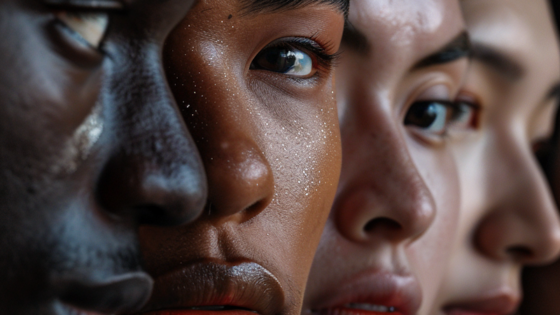on
BY SIMONE J. SMITH
Now that it is officially freezing outside, I know that many more of you will be paying attention to my Winter Wish List. For the last few editions, I have been highlighting some of the amazing travel opportunities for individuals who live in the Caribbean Diaspora, especially for those who live in temperate conditions that experience extreme cold, like Toronto.
What I didn’t realize is that November is the month set aside to celebrate Caribbean tourism. It is a month that the focus is on : raising awareness among Caribbean people about the importance of tourism in the Caribbean, enhancing the profile of the Caribbean tourism sector in the marketplace, attracting positive media coverage for and of the Caribbean, celebrating the diversity of what the Caribbean offers, and reflecting on the invaluable impact of tourism on the economic, social and cultural well being in the Caribbean.
The Caribbean tourism industry sparked around the time that the first hotel was built on the island of Nevis in 1778, which brought wealthy visitors to the island. This was followed with resort hotels being built on the islands of: Bahamas, Jamaica and Barbados because for some reason, this region of the world was attracting some attention, and slowly but surely, an increased tourist trade started to develop. Now, tourism is one of the Caribbean’s major economic sectors, and is often described as the most tourism-dependent region in the world.
The Caribbean diaspora has been the key market for cultural exports, the most notable export being music. Countries like the Dominican Republic, Jamaica and Trinidad and Tobago continue to export music to receiving markets in: New York, Miami, Toronto, London, Paris and Amsterdam. Music happens to pair well with festivals, and according to the Caribbean Tourism Organization, many of the 17.1 million tourist visits to the Caribbean during the first half of this year were influenced by festivals.
Before we go into the fun of festivals, I want to take a moment to introduce the Caribbean community to the Caribbean Tourism Organization. According to the UIA Open Yearbook (Yearbook of International Organizations) Caribbean Tourism Organizations came to be in 1989, after the merger of Caribbean Travel Association (originally Caribbean Travel Association), and Caribbean Tourism Research and Development Centre. Their main objective is to provide information necessary for the development of sustainable tourism. This means providing to the public some behind the scenes information on how we can maximize economic benefits that have minimal adverse social and psychological effects on the integrity of Caribbean people. I am thankful to them because they have become one of my selected choices for reportable material on what is happening in the Caribbean, and of course, I can then get that information to you.
Back to the festivals; there is nothing that brings the spirit of the Caribbean people to life more than a great festival. They energize the communities and they entice visitors to come and be a part of the culture, beauty, warmth, and lifestyle that defines what being Caribbean is all about. Tourists are attracted to the unique: rhythm, art, sailing, lights, food, religions, literary, and dance of each individual island; there is a festival to commemorate the unique cultures and heritages which personify each region.
Many of us in the diaspora have no idea how important we are to Caribbean tourism. We have become a critical component of pan-Caribbean identity, and we have become an attractive market for cultural exports. With festivals being of great significance to the people of the Caribbean, diaspora tourism has become another source of export earnings for the region.
Big tings a gwan for the Caribbean and the CTO encourages all of us (member countries community members and partners) to find a way to observe Caribbean Tourism Month. Share your events with them and they will share it to the world. You can visit them on social media at:
- Facebook: @caribbeantourismorganization
- Twitter: @ctotourism
- LinkedIn: Caribbean Tourism Organization
Stay in the loop with exclusive news, stories, and insights—delivered straight to your inbox. No fluff, just real content that matters. Sign up today!
We, as humans are guaranteed certain things in life: stressors, taxes, bills and death are the first thoughts that pop to mind. It is not uncommon that many people find a hard time dealing with these daily life stressors, and at times will find themselves losing control over their lives. Simone Jennifer Smith’s great passion is using the gifts that have been given to her, to help educate her clients on how to live meaningful lives. The Hear to Help Team consists of powerfully motivated individuals, who like Simone, see that there is a need in this world; a need for real connection. As the founder and Director of Hear 2 Help, Simone leads a team that goes out into the community day to day, servicing families with their educational, legal and mental health needs.Her dedication shows in her Toronto Caribbean newspaper articles, and in her role as a host on the TCN TV Network.












